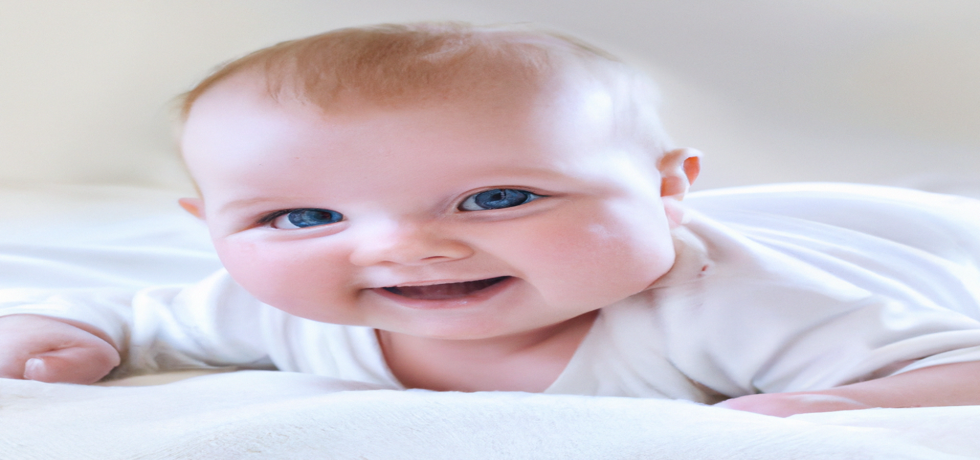
Baby Milia: Understanding and Treating Skin Bumps in Babies
Introduction to Baby Milia
Welcoming a newborn into the family is one of the most beautiful experiences, yet it can come with a dose of worry when parents notice skin issues. One common concern is baby milia, those little white bumps that can appear on a baby’s delicate skin. Understanding what these bumps are and how to treat them can relieve parents anxiety while ensuring their baby’s skin remains healthy and clear.
What is Baby Milia?
Baby milia are tiny cysts that are typically formed when dead skin cells become trapped beneath the skin’s surface. Although they may resemble acne, they are quite different. While often appearing in clusters, these skin bumps are harmless, commonly occurring on the face, particularly around the nose and cheeks, as well as on the chin. They usually resolve on their own without any medical intervention, but understanding how to gently care for your babys skin can help expedite their disappearance.
Understanding the Causes of Milia
Milia can occur in babies for various reasons. Often, they may develop after healing from a rash or other skin irritation, like baby acne. The tender skin of infants is thinner and more sensitive than adult skin, which makes it more prone to such conditions. As the baby grows and their skin naturally sheds dead skin cells, the milia often work their way out. However, parents can take some simple steps to assist this process.
How to Treat Baby Milia
Caring for baby milia doesn’t require drastic measures. Implementing a gentle skincare routine can immensely help in treating these skin bumps. Here are a few tips to consider:
- Daily Cleansing: Regularly cleanse your babys face with a soft washcloth and a mild soap to help exfoliate and encourage the milia to gradually open.
- Moisturizing: Use a simple, fragrance-free moisturizer to keep your baby’s skin hydrated. Hydration can aid in the natural exfoliation process and keep the skin soft, preventing dryness.
Remember to avoid products with fragrances or harsh chemicals, as these can irritate baby skin and worsen the condition. Instead, opt for natural and gentle moisturizers that are safe for infant use.
When to Consult a Dermatologist
While most cases of baby milia resolve on their own, some may require the expertise of a dermatologist. If the bumps are persistent and not improving despite proper skin care, it may be time to consult with a professional. A dermatologist can provide insight and methods to manage stubborn milia, ensuring the health of your child’s skin.
Conclusion
In summary, baby milia are not a cause for alarm. With gentle cleansing and moisturizing, these skin bumps can often be managed effectively. Always treat your baby’s skin with care, avoiding harsh ingredients and unnecessary products. If there are concerns, reaching out to a dermatologist can provide peace of mind and personalized care. Remember, a little diligence can pave the way for healthy and radiant baby skin!
FAQs
1. Are baby milia the same as baby acne?
No, while both can occur on infants, baby milia are caused by trapped dead skin cells, whereas baby acne is related to hormonal changes. It’s important to know the difference for better skincare.
No, while both can occur on infants, baby milia are caused by trapped dead skin cells, whereas baby acne is related to hormonal changes. It’s important to know the difference for better skincare.
2. Can baby milia be prevented?
While they cant be entirely prevented, maintaining a gentle skincare routine can minimize their development and encourage natural elimination.
For professional assistance and expert advice from leading dermatologists like Dr. Hital Patel, experience the benefits of Baby Milia: Understanding and Treating Skin Bumps in Babies with Hair & Skin Specialist Dr. Hital Patel at The Skin Artistry. Our clinics in PDPU Gandhinagar, Vastrapur Ahmedabad, and Hyderabad (Visiting Consultant) offer top-quality care and personalized treatments. Visit us today to learn more about our services and take advantage of our special offers! For more insights, updates, or to collaborate, stay connected with The Skin Artistry.

